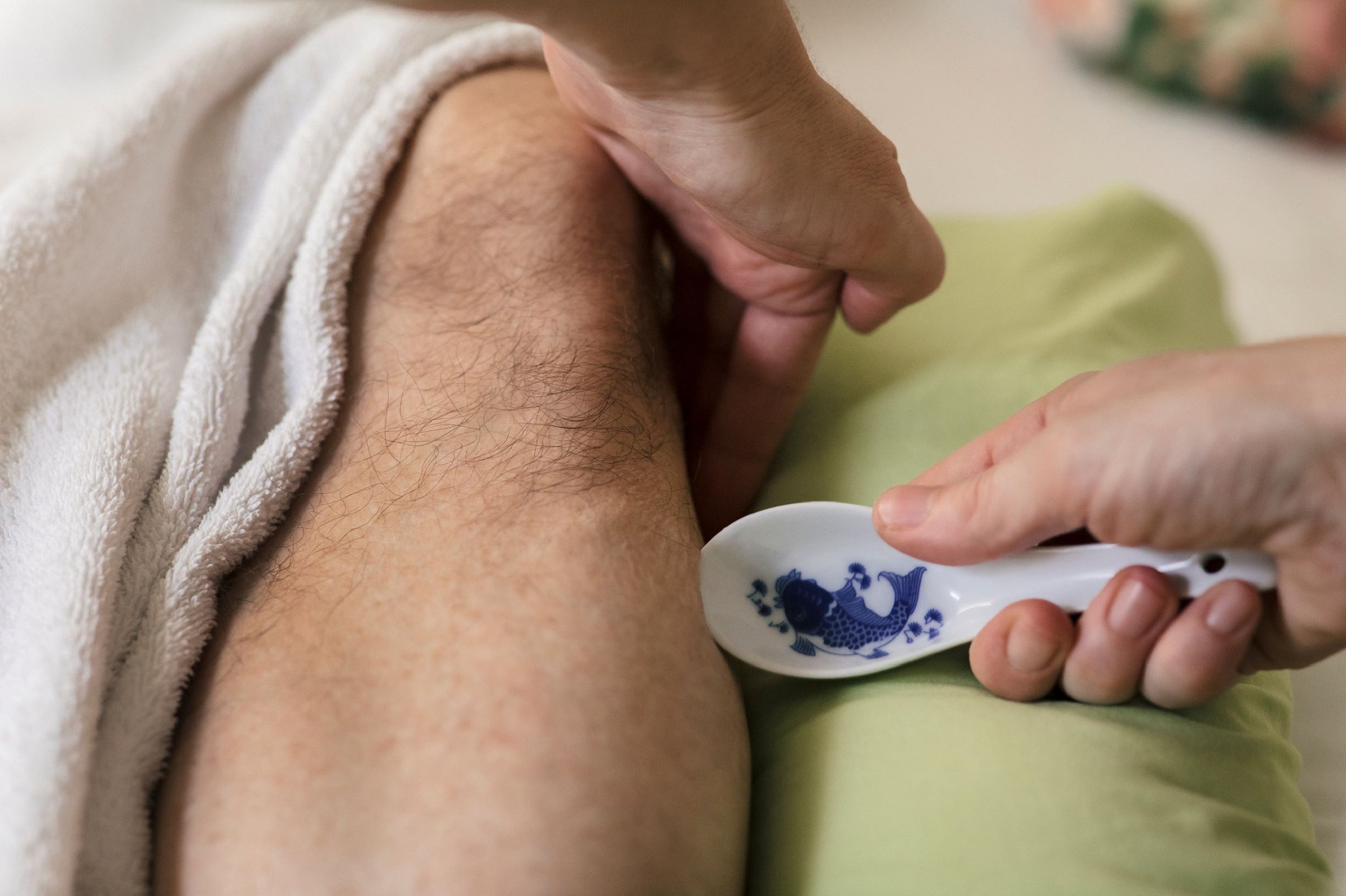Services
Each treatment is highly personalized and tailored to you specifically. Any modality you need is included in your treatment session.
Acupuncture
Acupuncture is one of the oldest forms of medicine in the world. It’s one of the most widely practiced modalities of the Chinese medicine wisdom tradition and resounds the astounding depth of this tradition. Originating in China more than 2,500 years ago, acupuncture is currently one of the most thoroughly researched, practiced, and respected forms of complementary medicine available anywhere.
According to Chinese Medicine, your overall health is determined by the quality of qi/energy flow through the energetic pathways of the body, or meridians. Acupuncture uses a variety of techniques, including placing very thin sterile needles into specific points on the body, to stimulate and improve qi flow. See the Frequently Asked Questions to learn more, including the most common one, "does it hurt?"
The World Health Organization recognizes acupuncture's effectiveness for a variety of common disorders. In addition, acupuncture has been used in Asia and around the world for hundreds of other conditions.
Herbal Medicine
Chinese herbal medicine is an ancient tradition using plants and naturally occurring substances to enhance one's health and vitality. As opposed to Western medicine, the foundation of this approach is to support the body's self-healing mechanisms and innate potential.
Since each patient has different needs, I carefully select and combine a variety of herbs that synergistically blend together to achieve optimal results for your unique condition. The potency is often due to the relationships and interactions between the herbs as a group, versus using a single herb. I prescribe high-quality, professional-grade herbal medicines that are available only to qualified licensed professionals.
Pulse Diagnosis
One of the most common questions that patients ask about Chinese Medicine is: "Why does my practitioner check my pulse?" Pulse diagnosis is one of the most complex and important diagnostic techniques used in Chinese Medicine. There are over 18 different pulses which represent individual organ function, quantity and quality of supportive fluids, and the dynamic harmony of Yin and Yang. Through evaluating your pulses, I obtain an accurate diagnosis of your overall constitution, qi (energy) flow, and internal organ health, among other things. I then synthesize all of this information into a highly personalized treatment plan for your specific needs.
Moxibustion
Moxibustion is a Chinese Medicine technique that involves burning dried mugwort above the skin to infuse yang qi and warmth into an acupuncture point or area of the body. Moxibustion has been used for healing purposes throughout Asia for thousands of years. It enhances blood flow, stimulates qi/energy, and strengthens overall vitality and health.
Among other benefits, a landmark study published in the Journal of the American Medical Association in 1998 found that 75.4% of women suffering from breech presentations before childbirth had fetuses that rotated to the normal position after receiving moxibustion at an acupuncture point on the bladder meridian.
Gua Sha
Gua sha is recognized throughout Asia as a highly effective treatment for relieving heat conditions, chronic pain, stress, fatigue, and a host of other ailments. Although it is an ancient healing technique used by Chinese Medicine practitioners for thousands of years, it is relatively unknown in the West.
Gua sha oil is applied to a specific meridian on your body. Then a smooth round-edged object (like a Chinese soup spoon) applies short brisk strokes to that area. This creates red flushing on the skin ("sha") indicating stimulated blood flow, reduced heat and inflammation, release of blockages and toxins, and restored healthy qi flow to the area. There is no pain involved and the sha fades in 2-3 days, though the benefits last for much longer.
Cupping
Cupping has been a part of Chinese Medicine for over 2,500 years. It relieves stagnation, pain, and eliminates toxins from deep within the tissues while simultaneously drawing fresh blood flow and oxygenation to the area. The cups can feel oddly tight for the first 60 seconds as the stagnation releases. Then, generally, it’s a deeply relaxing experience as the fascia rejuvenates and healthy qi and blood flow restores.
Heat or gentle vacuum suction is used to hold the specialized cups on specific points for about 10 minutes. The resulting color inside the cup is indicative of where the problem is and the severity of stagnation involved in the disorder. Cupping offers great relief and can accelerate the results of acupuncture by weeks or even months.
Tui Na
Tui Na is an ancient form of bodywork that is based on the principles of Chinese Medicine. The name comes from tui meaning "to push" and na meaning "to lift and squeeze." It uses a variety of pressures and strokes like kneading, rubbing, vibration, pulling, and shaking on acupuncture points and meridians, as well as traction and range of motion. Techniques may be gentle or quite firm as they stimulate wei qi (defensive energy), unlock stagnation, and relax muscles. These techniques treat specific patterns of disharmony and reduce pain of the neck, shoulders, hips, back, arms, thighs, legs and ankles. Tui Na treats both acute and chronic musculoskeletal conditions, as well as many non-musculoskeletal conditions. .







